MDMA
280 € – 1 800 €Price range: 280 € through 1 800 €
(3,4-methylenedioxymethamphetamine) is a psychoactive drug commonly known as Ecstasy or Molly when sold in its pill or powder form. It is chemically similar to both stimulants and hallucinogens. MDMA is widely recognized for its use in recreational settings, particularly at raves, parties, and festivals, due to its euphoric, empathogenic, and stimulant effects. It has been researched for potential therapeutic uses, especially in the treatment of post-traumatic stress disorder (PTSD), anxiety, and depression.
MDMA
MDMA. MDMA tablets typically contain 60-120 milligrams, and clients may need a second dose when the main portion wears off. Purchase it online.
Chemical & Physical Properties:
-
Chemical Formula: C11H15NO2
-
Molecular Weight: 193.25 g/mol
-
IUPAC Name: 1-(3,4-Methylenedioxyphenyl)-2-methylaminopropane
-
Appearance: White, crystalline powder or colorful pills (when in Ecstasy form)
-
Solubility: Soluble in water, ethanol, and some organic solvents.
Effects:
-
Positive Effects:
-
Euphoria: A profound sense of well-being and pleasure.
-
Increased sociability: Enhanced feelings of connection and empathy with others.
-
Increased energy: Heightened physical energy and stimulation.
-
Sensory enhancement: Amplified visual, auditory, and tactile sensations, making music and touch feel more intense.
-
Empathy and emotional warmth: Increased emotional openness, connection, and understanding.
-
-
Negative Effects (especially at high doses or in improper settings):
-
Dehydration: MDMA increases body temperature and can lead to dehydration, especially when used in hot environments like dance clubs.
-
Overheating: This can lead to hyperthermia, which is a dangerous rise in body temperature.
-
Jaw clenching and teeth grinding.
-
Anxiety, agitation, and restlessness: These can occur after the initial effects wear off.
-
Nausea and dizziness: Common side effects during or after the experience.
-
Depression and fatigue: After the drug wears off, users may experience a “comedown,” characterized by feelings of sadness, fatigue, and low mood.
-
Serotonin syndrome: In rare cases, MDMA can trigger serotonin syndrome, a potentially life-threatening condition that results in an excess of serotonin in the brain.
-
Medical Uses:
-
MDMA has been explored in psychotherapy, particularly for PTSD and anxiety disorders. Studies suggest that when used in a controlled environment with a trained therapist, MDMA can help patients process emotions and experiences in ways that traditional treatments might not.
-
In clinical settings, MDMA is sometimes used in conjunction with psychotherapy to facilitate emotional breakthroughs and enhance empathy.
Risks and Safety Concerns:
-
Addiction potential: While MDMA is not generally considered physically addictive, some users can develop a psychological dependence on the feelings of euphoria and connection it provides.
-
Overdose: High doses or using MDMA in hot, crowded environments can lead to overheating, severe dehydration, and electrolyte imbalances.
-
Neurotoxicity: Prolonged or repeated use can potentially damage serotonin-producing neurons, leading to long-term cognitive and emotional problems.
Legal Status:
-
MDMA is classified as a Schedule I controlled substance in the United States, meaning it is considered to have a high potential for abuse and no accepted medical use for general consumption. However, it is legal for use in clinical trials for therapeutic purposes under strict regulations.
-
It is also illegal in many other countries, though there are ongoing efforts to push for its legalisation for therapeutic use in controlled settings.
Forms and Street Names:
-
Ecstasy: Typically in pill form, often mixed with other substances, which can pose serious health risks due to unknown contaminants.
-
Molly: Usually refers to MDMA in its pure crystal form, although it can sometimes be adulterated with other substances.
| Weight | 50 grams, 100 grams, 250 grams, 500 grams, 1000 grams |
|---|
Related products
-
2-MPPP
50 € – 550 €Price range: 50 € through 550 €Select options This product has multiple variants. The options may be chosen on the product page2-MPPP (2′-Methyl-α-pyrrolidinopropiophenone) is a synthetic stimulant that belongs to the cathinone or pyrrolidinophenone class of chemicals. It is structurally similar to MPPP (α-Pyrrolidinopropiophenone) and related compounds such as MDPV and α-PVP, which act as central nervous system stimulants.
-
Butylone powder
300 € – 1 600 €Price range: 300 € through 1 600 €Select options This product has multiple variants. The options may be chosen on the product pageButylone (also known as βk-MBDB or beta-keto-MBDB) is a synthetic stimulant and empathogen belonging to the cathinone class, structurally related to MDMA (Ecstasy) and Methylone. It has been identified in novel psychoactive substances (NPS) markets and is known for producing euphoria, stimulation, and mild hallucinogenic effects. Butylone acts primarily as a dopamine, serotonin, and norepinephrine releaser and reuptake inhibitor, similar to other substituted phenethylamines and amphetamines.Buy Butylone powder
-
Fentanyl Powder
275 € – 3 218 €Price range: 275 € through 3 218 €Select options This product has multiple variants. The options may be chosen on the product pageFentanyl powder is a highly potent synthetic opioid used primarily for pain management in medical settings. It is 50–100 times more potent than morphine and has a high risk of overdose, even in small amounts. While pharmaceutical fentanyl is used in hospitals for severe pain relief, illicitly manufactured fentanyl powder has become a major concern due to its association with opioid overdoses and fatalities.
-
5F-MDMB-2201 Crystals
250 € – 9 000 €Price range: 250 € through 9 000 €Select options This product has multiple variants. The options may be chosen on the product page5F-MDMB-2201 is a synthetic cannabinoid belonging to the indazole-3-carboxamide class, designed to mimic the effects of THC (tetrahydrocannabinol), the active compound in cannabis. It acts as a potent agonist of the CB1 and CB2 cannabinoid receptors, often found in herbal smoking blends or sold as a research chemical.
Top rated products
-
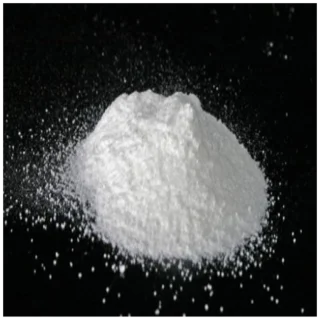 Gamma-Butyrolactone Powder
250 € – 1 800 €Price range: 250 € through 1 800 €
Gamma-Butyrolactone Powder
250 € – 1 800 €Price range: 250 € through 1 800 €
-
 JWH-210 Chemical Powder
350 € – 4 500 €Price range: 350 € through 4 500 €
JWH-210 Chemical Powder
350 € – 4 500 €Price range: 350 € through 4 500 €
-
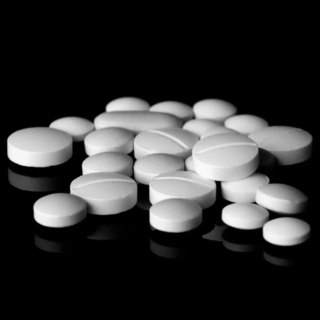 Oxycodone pills
220 € – 300 €Price range: 220 € through 300 €
Oxycodone pills
220 € – 300 €Price range: 220 € through 300 €
-
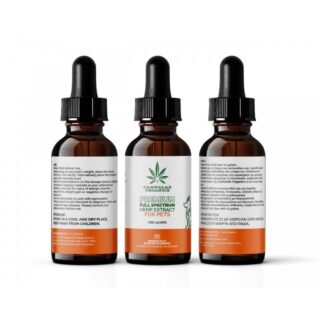 CBD Premium CO2 Extracted Oil
150 € – 1 250 €Price range: 150 € through 1 250 €
CBD Premium CO2 Extracted Oil
150 € – 1 250 €Price range: 150 € through 1 250 €
-
 4- Ethylmethcathinone (4-EMC)
270 € – 9 000 €Price range: 270 € through 9 000 €
4- Ethylmethcathinone (4-EMC)
270 € – 9 000 €Price range: 270 € through 9 000 €

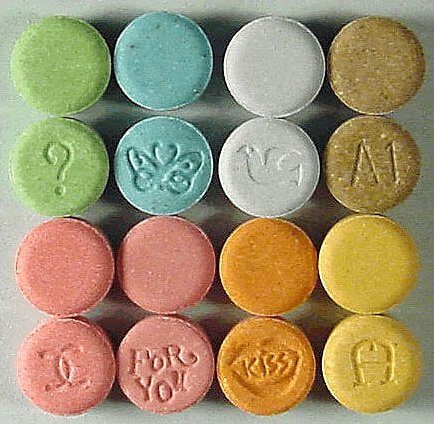

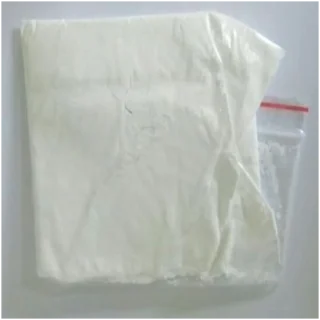


Reviews
There are no reviews yet.